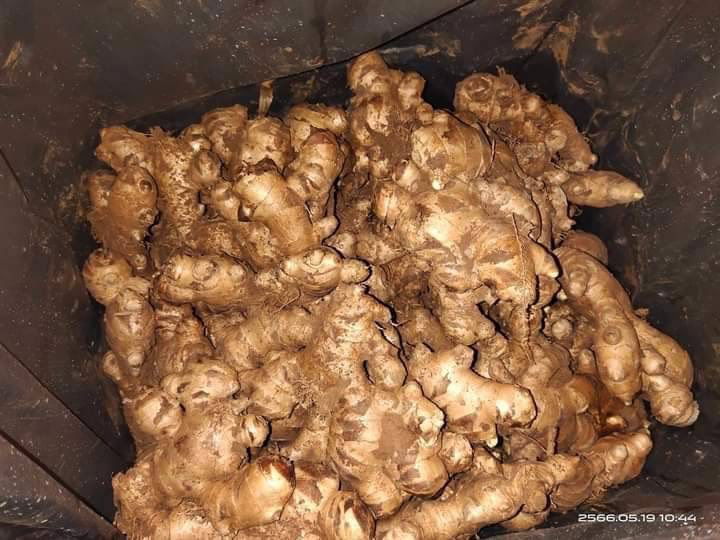Washing production of the fresh ginger

When it comes to producing fresh ginger, washing is a crucial part of the process. This is because ginger grows underground and can accumulate dirt and bacteria during harvest. The first step in washing production involves removing any excess soil and debris from the ginger root using water or a brush.
Then, the ginger is soaked in a solution of water and vinegar or baking soda to sanitize it. After this, it's rinsed thoroughly to remove any residual cleaning agents. Once the ginger has dried off naturally, it's packaged for sale or further processing. Proper washing techniques not only ensure that consumers receive clean and safe products but also maximize shelf life by reducing spoilage due to microbial growth.

An additional benefit of thorough washing is that it can help enhance the flavor and aroma profile of fresh ginger by removing lingering bitter compounds.
It is important to note that the washing process should be done carefully to avoid damaging the ginger.
Excessive washing or scrubbing can cause bruising or even breakage, which can lead to a shorter shelf life and lower quality product. Additionally, it is recommended to use clean water and equipment to prevent contamination. By following proper washing techniques, ginger can be enjoyed in its freshest and most flavorful state.
It is also important to note that ginger should be stored properly after washing. It should be dried thoroughly and stored in a cool, dry place to prevent mold growth. When using ginger in recipes, it is best to peel it before adding it to the dish. This will remove any dirt or debris that may have been missed during washing. By taking these steps, you can ensure that your ginger stays fresh and flavorful for as long as possible.
